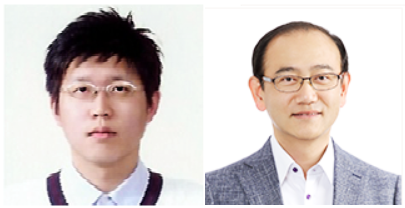
A joint research team of Professor Rho Jun-suk (ME/CE), Professor Kim Wook-sung (EEE), Professor Nam Ki-tae (SNU), and Dr. Chang Ki-seok (LG Display Lab) were able to extend the ‘mirror image’ chirality of biological molecules to gold nanostructures for the first time ever.
Prior to this research chiral properties were thought to be unique to biological molecules, however, by growing the gold in the presence of cysteine or cysteine-based peptides, they were able to implement the chiral structure to the gold nano-molecule. In greater detail, they demonstrated a solution-based method of synthesizing homogenous chiral gold nanoparticles and controlling their chiral properties.
The main breakthrough is the use of amino acids or peptides that contain thiol groups as additives in the growth of gold nanoparticles. The additives affect the growth rate of certain crystal facets, which lead to the formation of nanostructures with an impressive degree of monodispersity, hence the homogenous nanoparticles.
The particle developed by the research team is a geometric nanoparticle that has a clockwise or counterclockwise twisted structure on each side of a cub about 100 nanometers long. As the first ever ‘mirror image’ chiral gold nano-molecule is expected to be used and applied to catalysts, photon-based communication, and holograms, having a significant impact on various industries. This research is also expected to add academic depth to fields such as chemistry, material science, and nanoscience. With providing a clue on understanding the biological ‘mirror image’ selectivity phenomenon.


